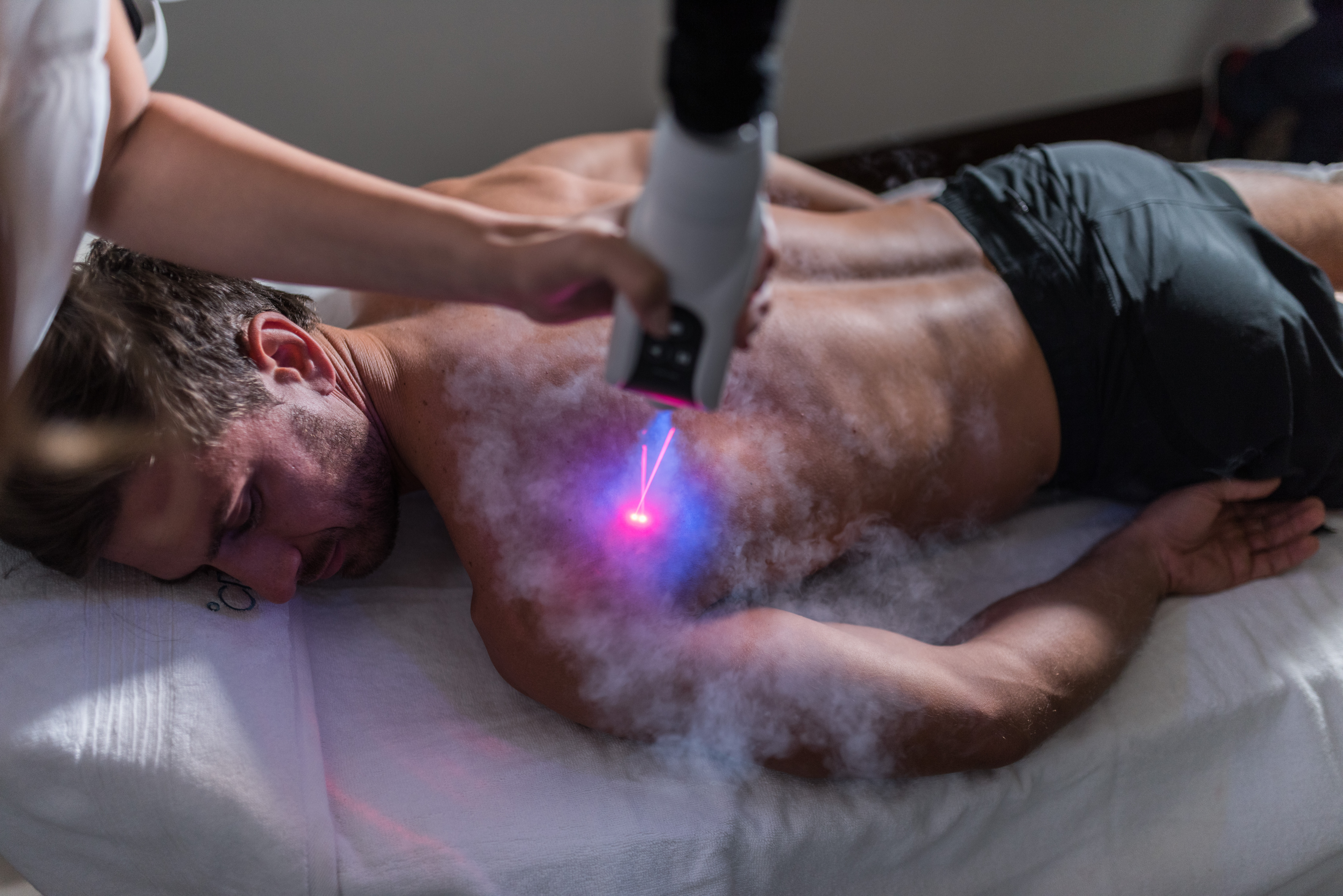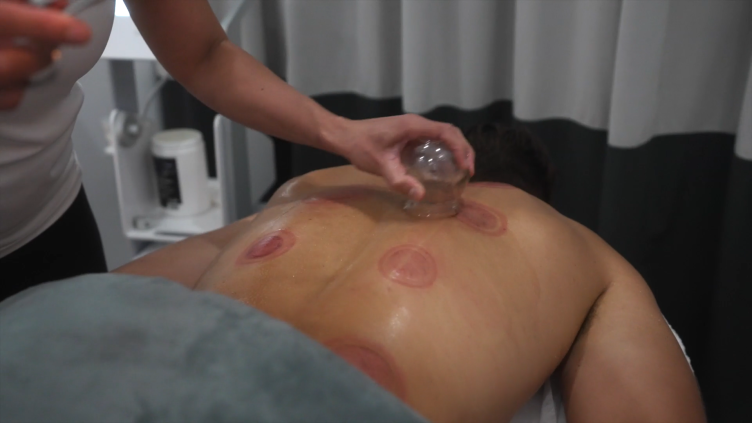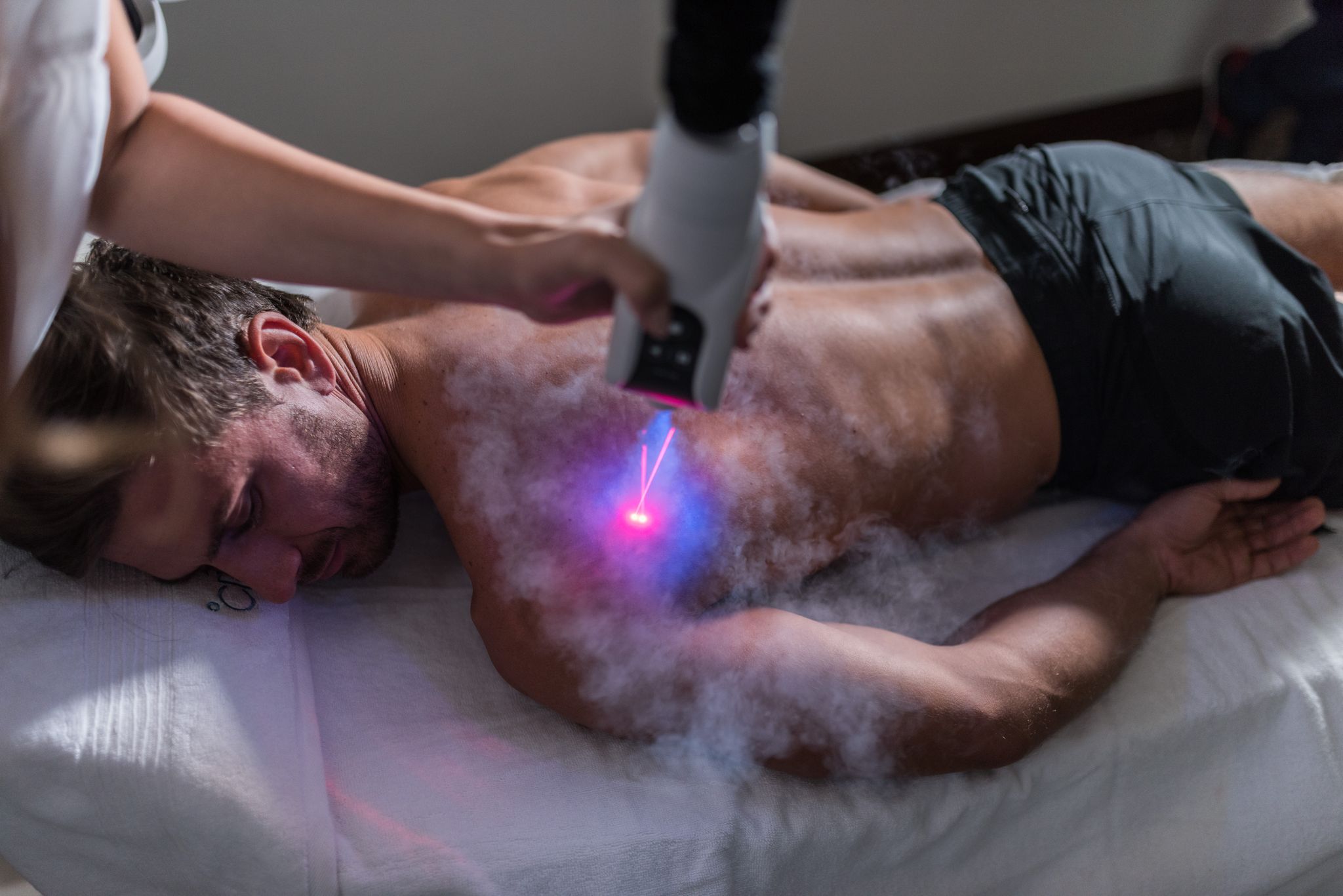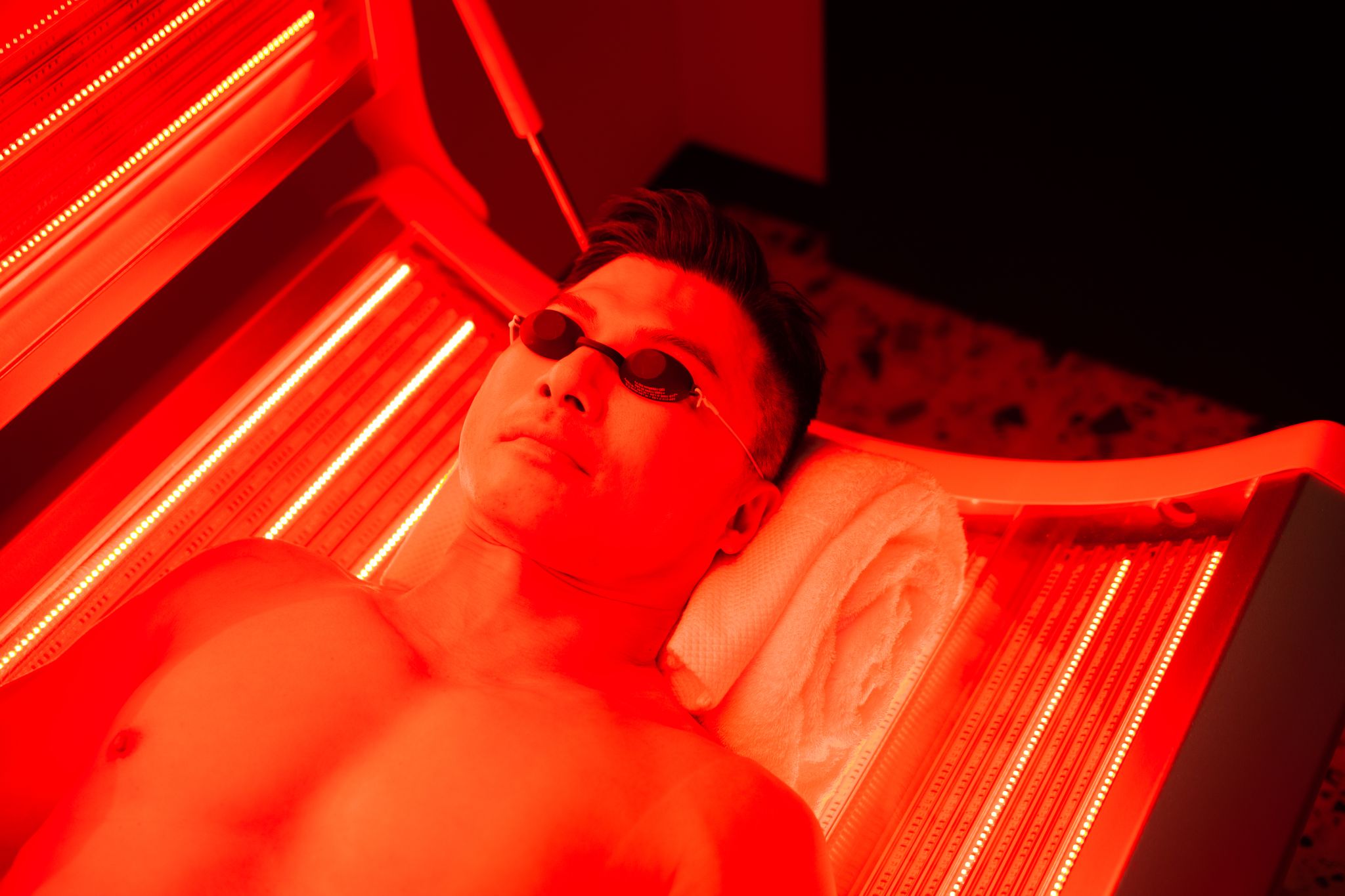Cryotherapy for Athletes: How Cryotherapy Can Maximise Pain Management and Relief
All athletes sustain injuries at some point, from professional sports people to fitness enthusiasts to people who just play sport to relax. These injuries are often treated with ice to reduce inflammation and relieve pain. In the most basic terms, this is the science that cryotherapy uses and a reason why this particular treatment is so popular among professional and amateur athletes. Here’s how cryotherapy helps with pain management and pain relief.

What Cryotherapy Does to the Body
Cryotherapy involves exposing the body to subzero temperatures for a short period of time. These extreme conditions cause the body to think it’s being threatened, which activates its fight or flight mode. This causes adrenaline to be released, which boosts blood circulation and an increase in oxygen being sent to the cells. Overall, this stimulates the natural healing processes as a by-product.
While experiencing the fight or flight mode for long periods of time on a regular basis isn’t healthy, short bursts – like with cryotherapy – can benefit the body in a number of ways.
These include:
- Reducing pain and swelling by narrowing blood vessels, which in turn, reduces blood flow to the area. This means fewer proteins causing inflammation reach the area so there is less soreness and stiffness.
- Helps the body re-achieve homeostasis after overexertion so it can heal more efficiently and you can train at full intensity more frequently.
- An increase in heart rate means more nutrient-enriched blood reaches the muscles. This sends the body into a heightened state of fitness so the muscles will be able to train harder and heal more quickly when they become fatigued. You can train and play harder.
- Helps to slow down nerve transmission so the body experiences less pain – which is great for overcoming intense injury treatments.
How Cryotherapy Helps With Pain Management and Relief
Delayed onset muscle soreness (DOMS) is a condition commonly experienced after working out. You’ll know it to be highly frustrating as it can affect your performance or even cause you to stop training until the pain subsides. And of course, an interrupted training schedule can cause you to take steps away from your end goal – precisely what you don’t want.
Cryotherapy can help to reduce muscle inflammation, which helps to diminish the overall sensations of pain. This is because the icy conditions temporarily narrow the blood vessels, reducing blood flow to the area and preventing inflammatory mediators (proteins which cause swelling) from reaching the injury. This then reduces the level of swelling and overall pain.
A study examined the effect of cryotherapy on muscle inflammation. Researchers found that the treatment increased the number of anti-inflammatory cytokines and reduced the number of pro-inflammatory cytokines in the blood. Further research has even suggested cryotherapy can even reduce levels of muscle damage by suppressing the production of creatine kinase, an enzyme that indicates muscle damage.
Cryotherapy Can Also Boost Muscular Recovery
And it’s not just pain management and relief. Cryotherapy can help enhance healing and recovery, which can boost fitness in the long run. This is due to the subzero temperatures, which can be as low as -140℃, causing the body to think it’s under threat. Hence experiencing a true fight or flight reaction.
When this reaction happens, adrenaline is released which stimulates blood circulation, pumping nutrients around the body more efficiently so you’re better prepared in the case of a life-threatening situation. In this case, it’s the -140℃ temperature. Your body is given an extra boost of energy and your tissues receive extra nutrients which set up the ideal conditions for muscle recovery.
There has been research to support this. For example, this study looked at the effect whole body cryotherapy had on runners and found that the treatment significantly reduced the number of inflammatory mediators. Researchers concluded that cryotherapy can enhance the overall recovery and cell regeneration process because the inflammation was restricted.
It’s not just adrenaline that’s released under the fight or flight response. Norepinephrine, a hormone that helps to reduce pain sensitivity, is also released. Another study found that cryotherapy after exercise not only significantly reduced muscle soreness, but it also diminished perception of pain.
The Types of Cryotherapy
There are three types of cryotherapy and two main ways in which it can be administered.
- Whole body cryotherapy (WBC) – up to three minutes in the chamber.
- Cryotherapy facials – cryo skincare treatments can last from 10 minutes to an hour and are known to reduce signs of aging, uneven skin tone and promote a radiant complexion, among other hidden benefits.
- Localized cryotherapy – lasting up to ten minutes, they are ideal for people who want to treat particular areas of the body such as a knee injury or areas of cellulite.
Cryotherapy can be administered in two ways. The most common method is to use liquid nitrogen to cool the body. With this method, the body comes into direct contact with the substance and although you experience all of the benefits of cryotherapy, there are also some risks. For example, inhaling too much liquid nitrogen can cause asphyxiation because the nitrogen molecules begin to replace oxygen in the red blood cells.
For that reason, cryotherapy chambers involving direct contact with liquid nitrogen have open tops so your head is never exposed to the substance.
The alternative method is to use cryogenically cooled air. Liquid nitrogen is still used to cool the air but instead of being pumped into the chamber you stand in, it’s pumped into a separate chamber around it. This means you never come into contact with liquid nitrogen directly – only cooled air which makes this the much safer technique.
With this method, you can experience all of the benefits of cryotherapy minus the risks and it can be a true ‘whole body’ treatment as your head is permitted to be exposed to the cold air.
Interested in Reading More About Cryotherapy and How it Works?
Cryotherapy, in some form, has been used since ancient times. The Egyptians, Romans and Nords, to name a few, all used extreme cooling as a form of therapy to rejuvenate the body and stimulate healing. In modern medicine, the treatment is known to help treat muscular and inflammatory conditions, aid athletic recovery, boost sports performance and even has a number of beauty benefits too.
Our all-in-one resource page details even more information about this cutting-edge therapy. From a brief history to scientific benefits and why it’s a celebrity favorite, our resource page will provide you with the ultimate guide to cryotherapy.
{{cta(‘a95d7eeb-f1fd-45d5-bd8a-842def01ebcd’,’justifycenter’)}}





